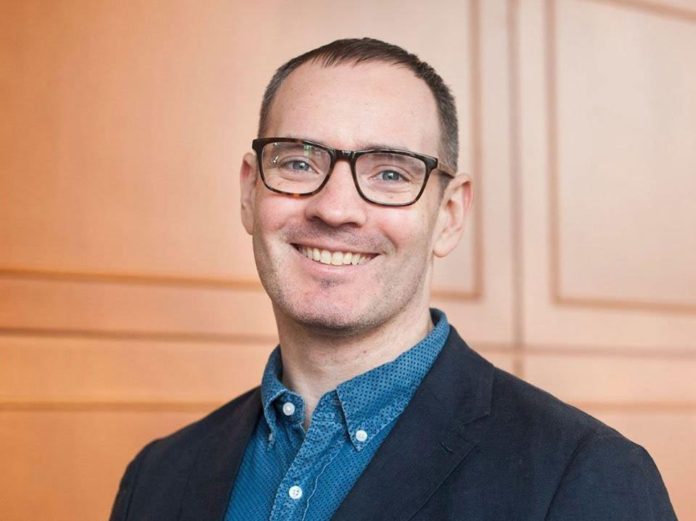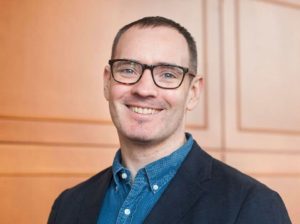

Before reposting that politically charged article, Craig Silverman cautions internet users to double-check their sources.
“Fake news exploits human behavior.” Craig Silverman, fake news expert and Buzzfeed’s media editor, spoke at DePauw University on Sept. 14. In his presentation, he highlighted the various ways fake news penetrates today’s media. From propaganda to hoaxsters, the spread of misinformation takes root in many different sources. Even unassuming individuals can pass on fake news, regardless of their intentions, simply by pressing, “share.”
Although fake news is nothing new, as Silverman explained, it is more prevalent today because there is so much content created every single second. In addition, news outlets are possessive of their audience, creating traps like clickbait, or as Silverman calls, “cynical forms of attention harvesting.” For example, many fake news websites are popular simply due to how much information they release. Although they are not credible, media consumers often fall prey to their pervasiveness.
Recent growth in partisan media also benefits fake news websites. Since people like to read material they agree with, fake news plays to an individual’s bias. Silverman gave the example of the 2016 political election: the mass amount of attention, emotion, and strong beliefs drawn from the race made it perfect for virality. In addition, widespread misinformation allowed platforms to take advantage of their audiences.
“Everyone of every age needs to understand how to navigate the world [of media], to understand that every action you take on platforms can push [information] or hold it back,” Silverman said. Fake news must be taken seriously because it “accelerates polarization” or separates people.
Silverman’s talk drew many positive responses. “I thought [the talk] was very insightful,” Moises Lopez, a first-year student said. “It brought awareness to an ongoing problem that I think a lot of people aren’t aware of.” Before the presentation, Lopez did not realize the true extent of misinformation in the media. In the future, he hopes to better inform himself, “I’ll be a lot more careful where I’m on the internet as far as what I’m reading.”
First-year Anh Le will also be careful before he shares anything on the internet, saying, “I could be the reason to spread fake news.” Le, who uses Facebook a lot, now knows that even the posts he shares on social media can have an effect on the spread of misinformation.
Sophia Goettke, a sophomore Media Fellow, was eager to hear Silverman talk as soon as she learned he was from Buzzfeed. As a Media Fellow, she had already learned a lot about fact-checking and was excited to hear Silverman’s expertise. The most important aspect she took away from the presentation was the idea that there are many different parts that play into the media ecosystem, making today what she called “a golden age of fake news” where information is accessible, but easy to manipulate. “I realized I’m a data point,” Goettke said. “I’m adding to [the ecosystem].”
Silverman concluded his talk by presenting ways for journalists to avoid fake news. He encouraged them to activate strong networks with credible information that people pay attention to, rather than pushing information to passive audiences. He also called the audience to action, “There is a role for everyone because everyone is so connected.” His message was clear: by choosing what to read and spread, everyone has the power to stop fake news.


